Water will not kill my daughters. I need them to be able to have the skills set to, if in danger, to save their lives. Mommy and daddy will do our best to fix all situations and remove them from foreseeable problems, but they need to have foundation to save their own lives.
Every day, there are nearly 10 accidental drowning’s in the U.S., according to the Centers for Disease Control and Prevention (CDC).
The two areas we have decided, on our girls’ behalf, are mandatory are swimming and martial arts. We want them to be able to be aware of and able to defend themselves against dangerous situations and predators. Unfortunately as young women in America (for that matter….on Earth), there is a chance that someone will try to physically or emotionally harm one of my daughters. As their mother, I need them to be as prepared as possible.
We also want them to be able to defend themselves against an activity that kills black and brown children three times more than their white counterparts. Swimming.
To be clear, I believe in God and will be praying daily for the safety of my babies. However, I also understand it is my job to prepare them for as much as humanly possible.
Sink Or Swim
My oldest child is not old enough to start martial arts lessons. She is, however, old enough to start swim lessons. Swim lessons can start as early as three to four months old depending on the location.
With nearly 3,500 people dying every year, my husband and I identify swimming as a pretty important skill set. It has been said that the world is made of 71% water and your children are 100% curious.
“The disparity is most pronounced in swimming pools; African American children 5-19 drown in swimming pools at rates 5.5 times higher than those of whites. This disparity is greatest among those 11-12 years where African Americans drown in swimming pools at rates 10 times those of whites.”-Center for Disease Control
To be clear, it is not just about children dying at an alarming rate. Equally as shocking is the fact that for every child who dies from drowning, there are another five who are sent to the emergency room for nonfatal water injuries.
Why Aren’t Black Women Swimming?
When I first looked into this issue on a surface level and solely form a black female perspective, I assumed it was because of our hair. I would remember times when I was younger playing in the sprinklers on a hot summer day and being keenly aware that I needed to wear a shower cap, swim cap, plastic Kroger bag, whatever the means….I had to keep my hair dry. I can remember, as a child, how my activities for the day were predicated on what stage my hair was in at the time.
Freshly Done= Stay away from Water or Humidity. Don’t sweat. Hell…..barely breathe! Wear scarf/bonnet all the time.
A Few Days Old= Basketball, kickball and tag are acceptable. Mild sweating. Scarf/bonnet at night.
Wash day= Sprinklers. Pool party. Full sweating activated. Scarf/bonnet is optional.
After becoming more and more invested in learning why many African Americans can’t swim, I was made aware of a few other factors.
Fear
Many black parents are not teaching their children to swim because they are afraid the children will hurt themselves or worse. It sounds crazy, but I understand it. Our 2 year old desperately wants to climb trees because she sees her big sisters doing it. When she is with me, I won’t let her let her get near the “climbing tree” because I am afraid she will like it and one day hurt herself. I get it!
However in the example of tree climbing, I tell her that she needs to only do that with her dad. I don’t even want to know it is happening. I do this because I realize, she has an interest and she sees her big sisters climbing the tree. Her dad is able to teach her, watch her and keep her safe.
Unfortunately, with regard to swimming, typically children who can not swim also have parents who can not swim.
“Parents who do not know how to swim are very likely to pass on not knowing how to swim to their children.”-Sue Anderson, USA Swimming Director of Programs and Services.”
History
Another factor is the history of swimming, more specifically, swimming pools in America. The history of racial discrimination in this country is a major contributing factor to the disparaging drowning rates.
In the 1920’s, the idea of recreational swimming, public and personal swimming pools gained popularity.
Also at that time, 75% of African Americans lived in southern states and Jim Crow laws were very prominent.
Mr. Crow…insert Eye Roll
- Alabama: No person or corporation shall require any white female nurse to nurse in wards or rooms in hospitals, either public or private, in which negro men are placed.
- North Carolina: No persons, firms, or corporations, who or which furnish meals to passengers at station restaurants or station eating houses, in times limited by common carriers of said passengers, shall furnish said meals to white and colored passengers in the same room, or at the same table, or at the same counter.
- Louisiana: All circuses, shows, and tent exhibitions, to which the attendance of…more than one race is invited or expected to attend shall provide for the convenience of its patrons not less than two ticket offices with individual ticket sellers, and not less than two entrances to the said performance, with individual ticket takers and receivers, and in the case of outside or tent performances, the said ticket offices shall not be less than twenty-five (25) feet apart.
- Segrated Schools
- Segregated Water
- Segregated Movie Theater
- Georgia: It shall be unlawful for colored people to frequent any park owned or maintained by the city for the benefit, use and enjoyment of white persons…and unlawful for any white person to frequent any park owned or maintained by the city for the use and benefit of colored persons.
- Mississippi: There shall be maintained by the governing authorities of every hospital maintained by the state for treatment of white and colored patients separate entrances for white and colored patients and visitors, and such entrances shall be used by the race only for which they are prepared.
Don’t forget, separate schools, separate bathrooms, separate housing, separate parks, separate, separate, separate…….. Also, in the 1920’s there was the rise of the KKK.
Needless to say, swimming pools and lessons were not a realistic option, or top of mind, for most blacks in the 1920’s. We had a LOT of other things going on. However, there were some who did try to gain access to public swimming pools and many times they were met with hatred, discrimination and even subsequent jail time.
We Have The Pools…Now What?
In the 1960’s, more public pools were built and segregation was ‘technically’ outlawed. Once pools were integrated, many white families began to swim at private facilities in which segregation was still enforced.
 After the race riots of the 1960s, many cities did start building pools in predominantly black areas. Many of the new pools were small – often only 20 by 40ft and 3.5ft deep.
After the race riots of the 1960s, many cities did start building pools in predominantly black areas. Many of the new pools were small – often only 20 by 40ft and 3.5ft deep.
The small and shallow style of pools did not encourage swimming, but was perfect for kicking your feet in from the edge or splashing around. Sound familiar?
With this level of historical segregation and injustices, many black families chose to steer clear from the activity as a whole.
As For Me and Mine
I don’t remember how I learned to swim, but I know how to swim and I can swim well. My mother and most of the people in my family do not know how to swim. Swimming and swim lessons are very much considered an after thought or a ‘nice to have’ for the majority of my family and many of my friends. Not all…but many.
I am determined to change that mindset for my girls. They will take swim lessons until they are able to swim every stroke, until they feel comfortable with all four strokes and until I am comfortable with their skill level.
Don’t Just Toss Them In The Pool
Olympic gold medalist Cullen Jones likened swim lessons and learning to swim to wearing a seat belt. In the United Kingdom, swim lessons are part of the overall curriculum.
“The biggest problem in the United States is people see it only as an activity, as something fun you do on vacation. But kids are going into the water and drowning. There’s a simple way to stop this.”-Cullen Jones
Jones would like to see swim lessons seen as requirement and priority in the United States.
Future Swimmer
My oldest daughter has been in swim lessons since she was 6 months old. Our youngest daughter will begin her lessons around the same age.
We are not hoping they become Olympic swimmers, or even swim competitively. Our only hope is, when they are young we are comfortable sending them to the local pool or a friends pool party. For fear of our children becoming a statistic, of any kind, we will continue to share our swim lesson journey and will always encourage learning the skill.
- Lia Neal
- Maritza McClendon
- Simone Manuel
With all of that being said, I wouldn’t hate it if they turned into the next Maritza McClendon, Lia Neal or Simone Manuel.
Where Are The Lessons?
Below are a few locations that offer a national swim lesson curriculum.
SWIM 1922
A huge shout out to organizations like Sigma Gamma Rho Sorority, Inc for including water safety as one a national/international program. The partnership with Sigma Gamma Rho is a groundbreaking initiative that seeks to strengthen USA Swimming’s commitment to Diversity and Inclusion.
In keeping with USA Swimming’s core objectives: Build the Base – Promote the Sport – Achieve Competitive Success and the Sigma Gamma Rho motto of Greater Service, Greater Progress, these organizations come together to affect change and influence the community of black women and girls.
To follow our swimming journey feel free to follow us on Instagram at @TheBrookshireFamily.



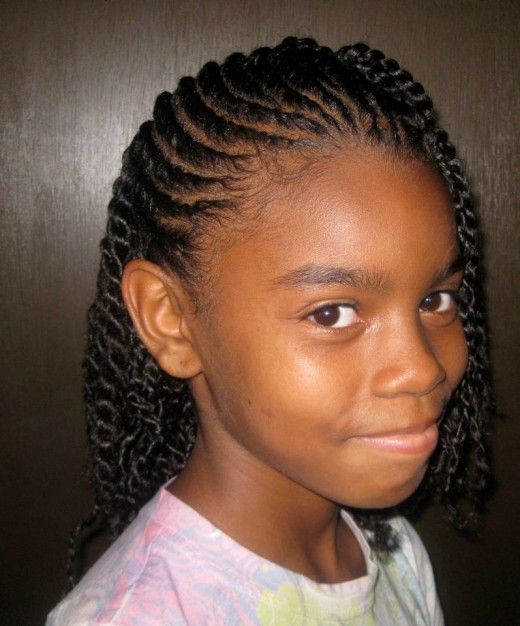
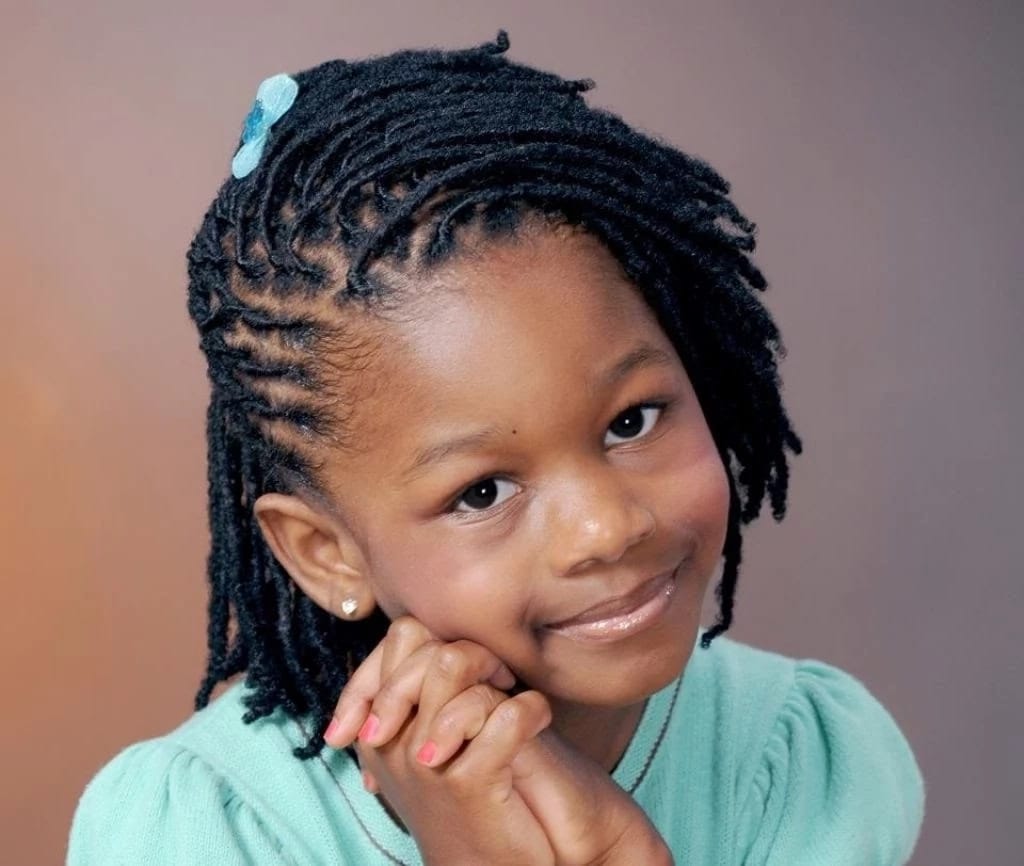
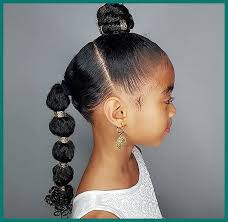
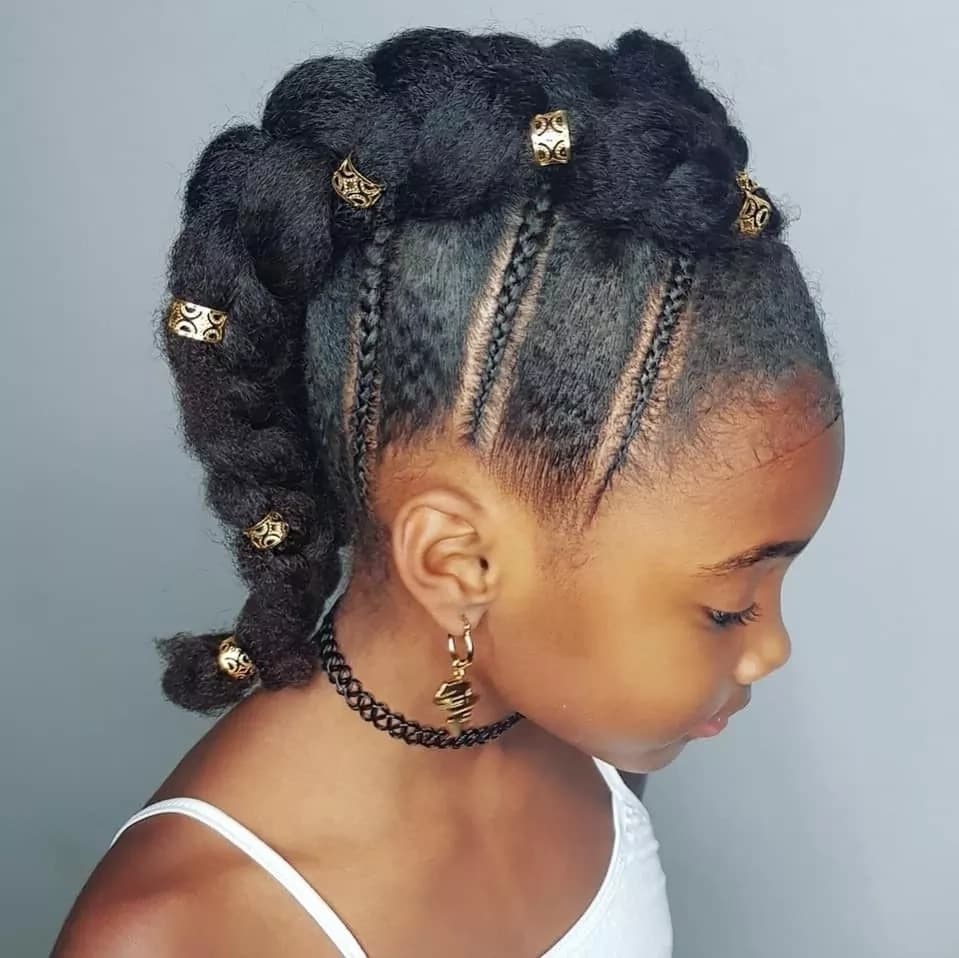
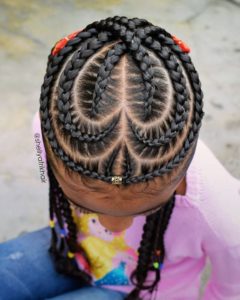
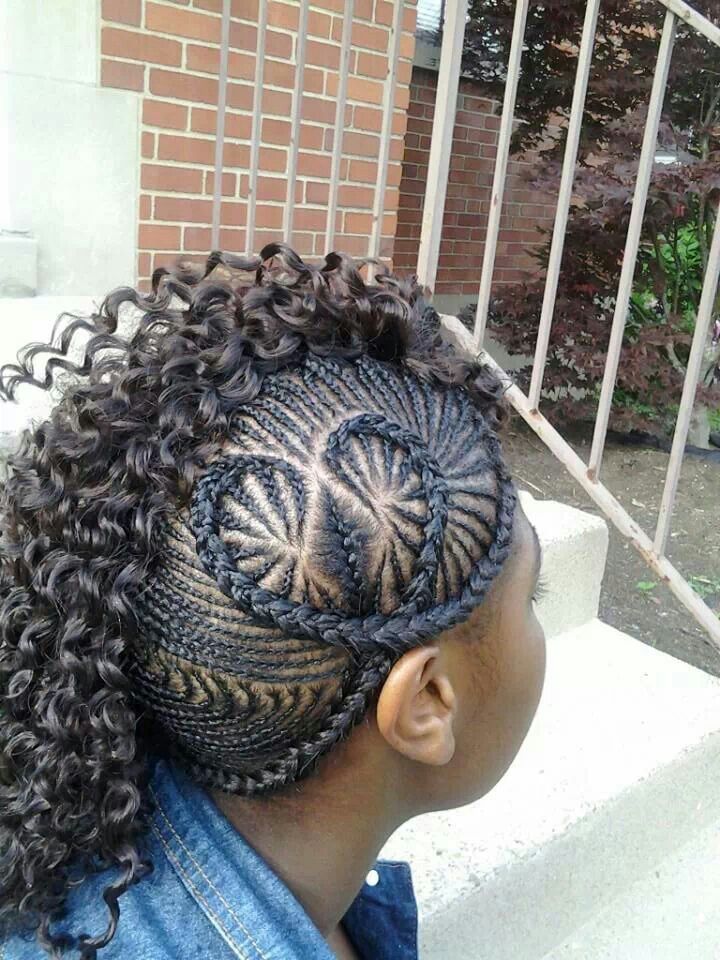
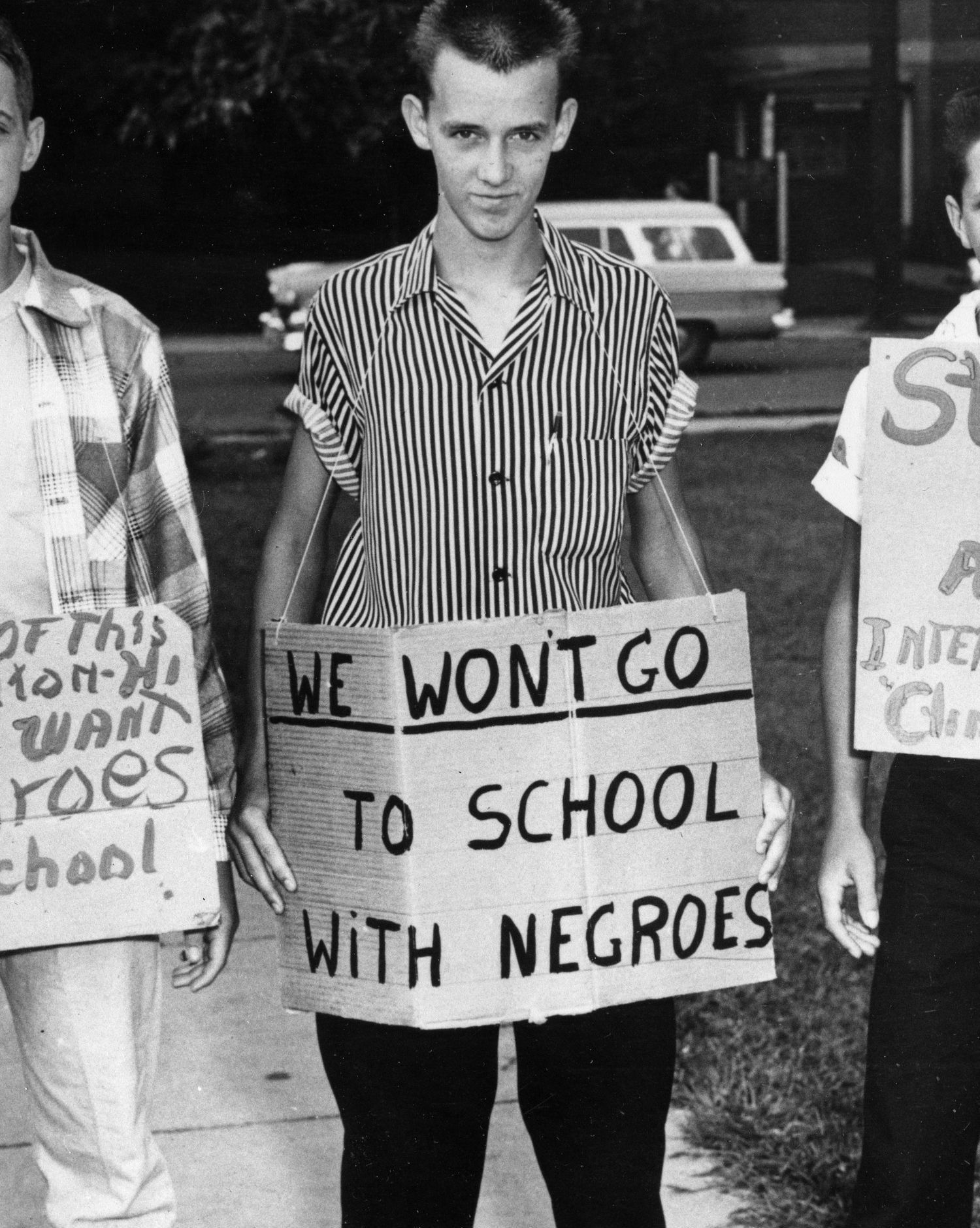
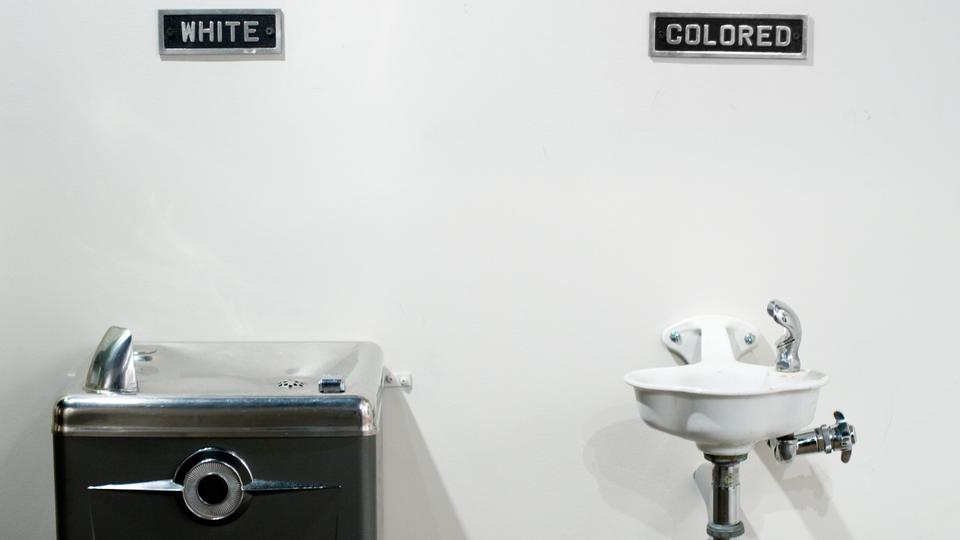
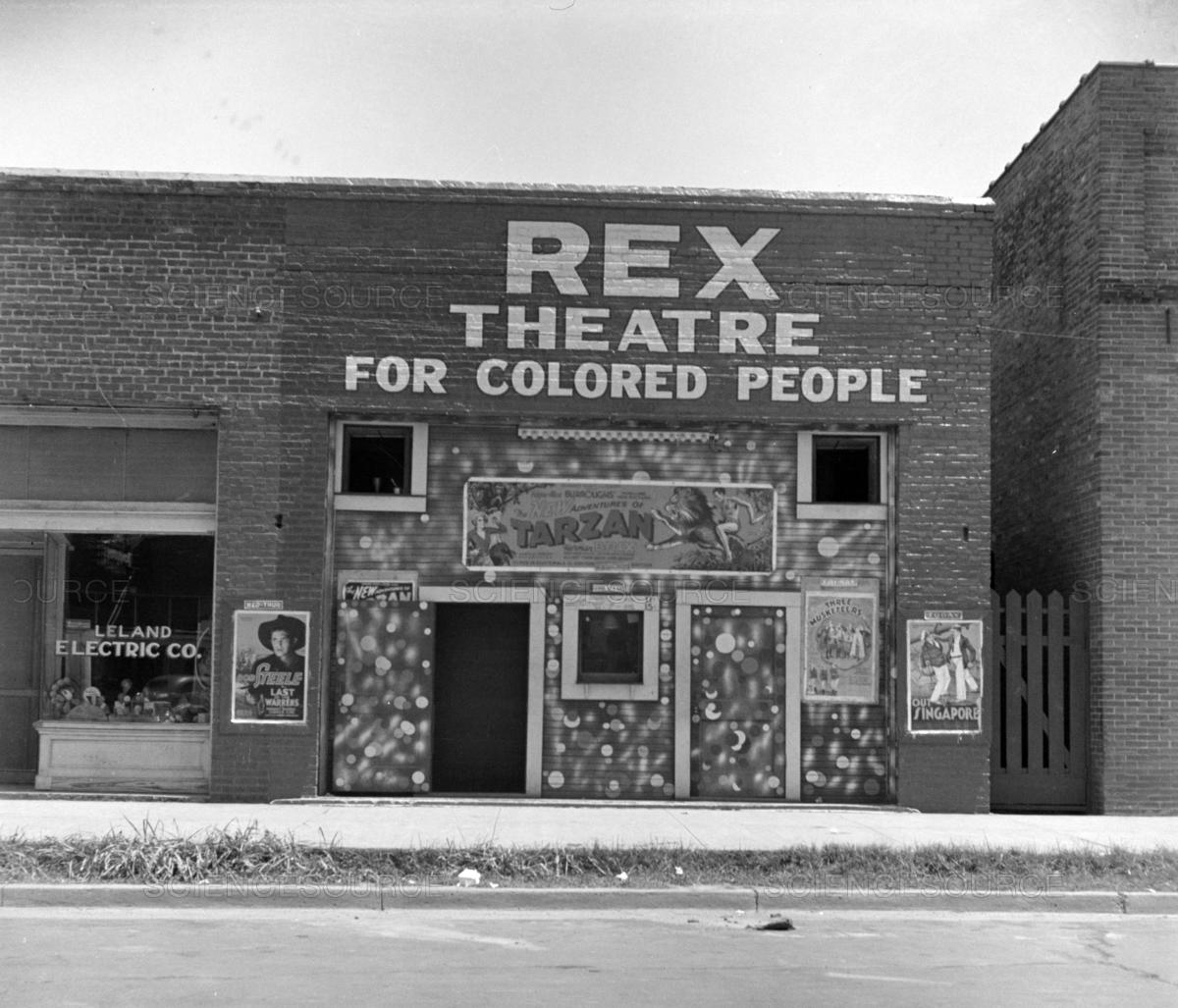

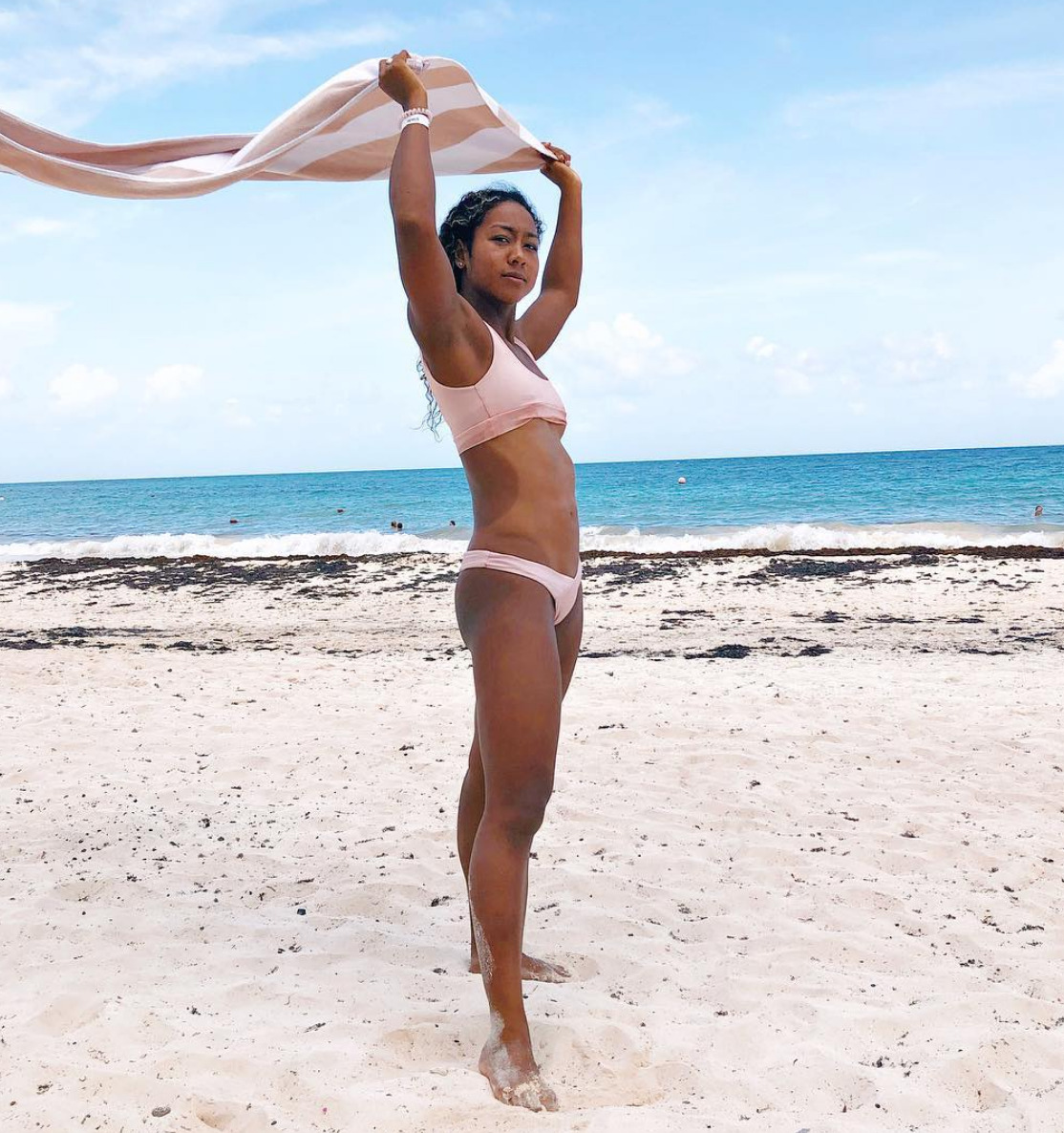
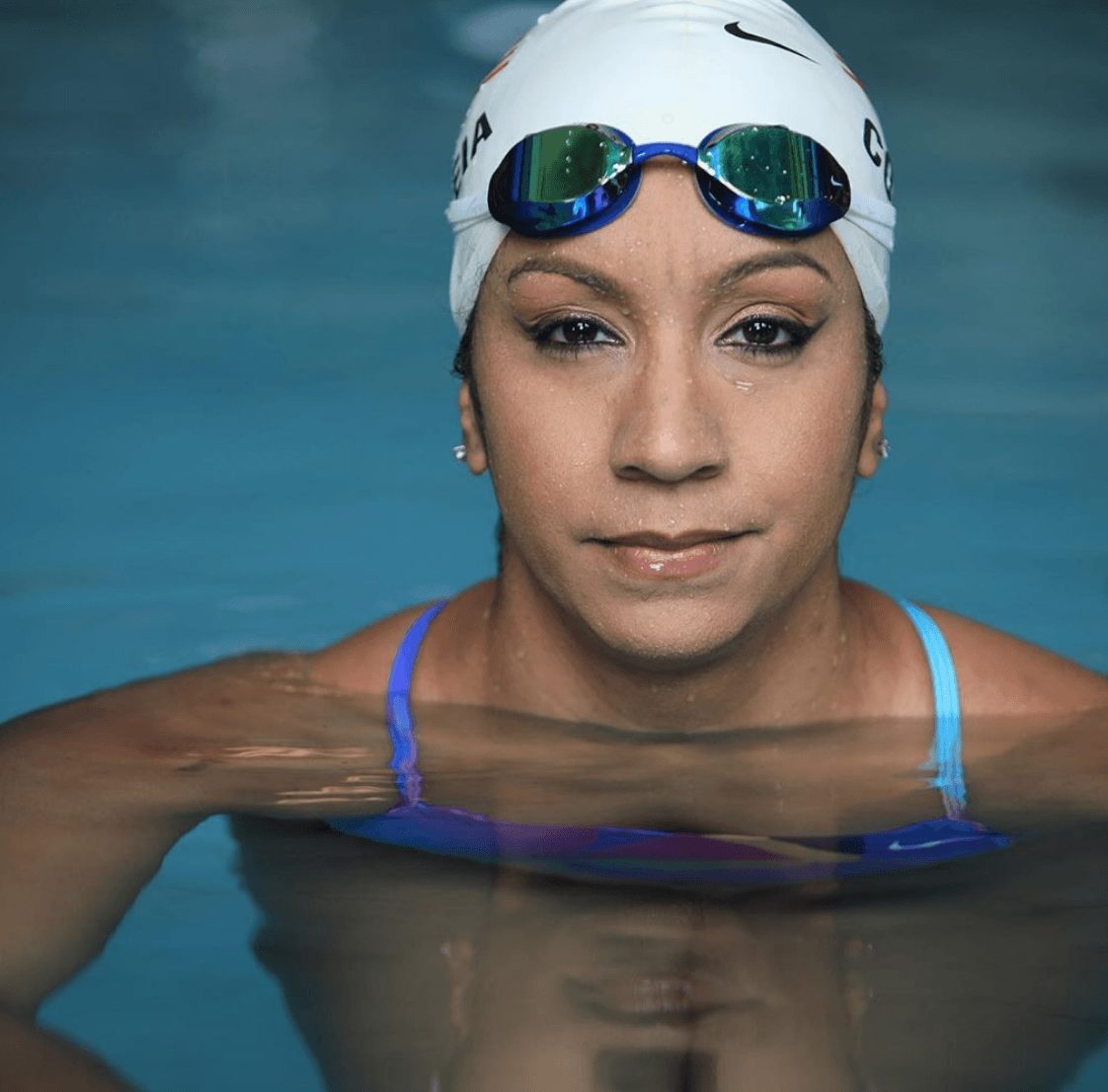





urikhosrachel
May 27, 2020 7:13 amWow, loved this post. Loved how you out everything together so well, I can relate. Really none of my family members can swim either, I have also just started learning to swim when I moved abroad. I am 20 years old, back home we have public pools but I didnt always have the money to go there. Its been difficult but I want to stay out of the statistics and hopefully encourage my cousins and everyone back home to learn how to swim since its a very important survival skill.